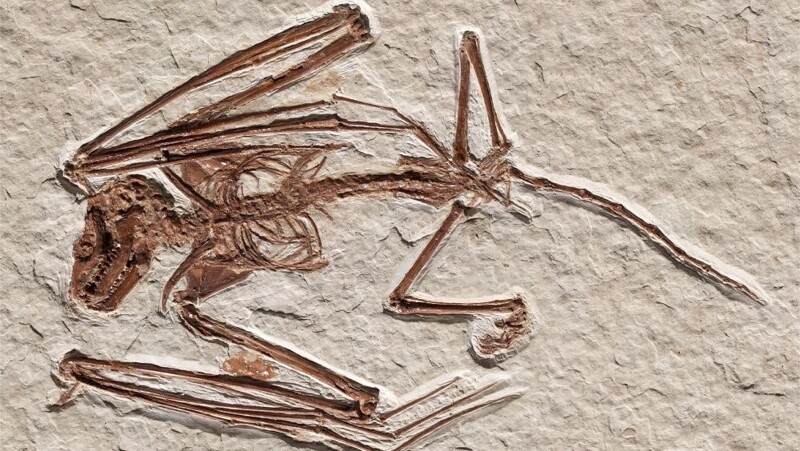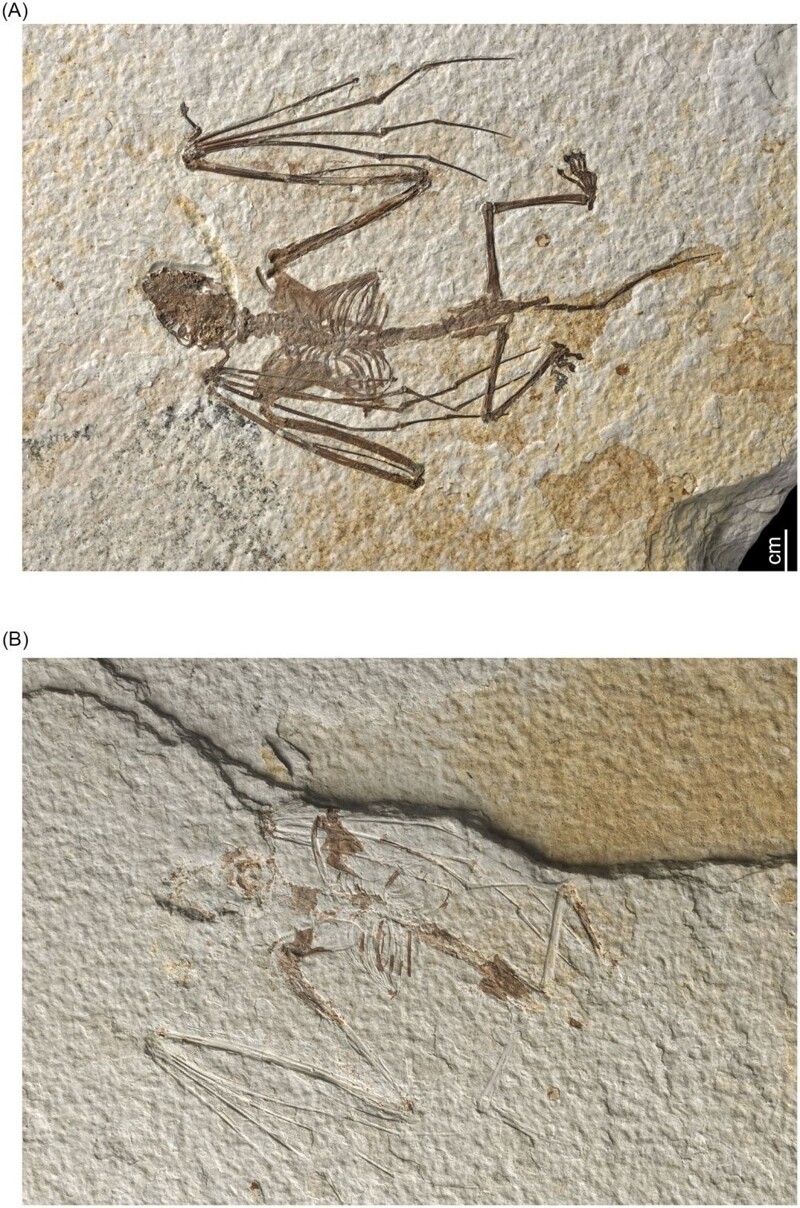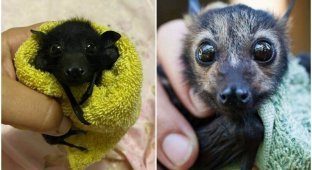Paleontologists have found the most ancient skeletons of bats (2 photos)
In the southwest of Wyoming (USA) in the Green River Formation, two fossilized skeletons of bats. Scientists have already found out that they are 52 million years, they are the oldest found and belong to previously unknown species. 
The newly discovered view was slightly smaller than the closest one from known related bat species, Icaronycteris index, and co folded wings could easily fit in a human hand.
“When I saw the first skeleton, I immediately thought that he the other,” says study lead author Tim Rietbergen. - Because the they are found lower in sediment layers compared to other fossils bats, we can say that these are the oldest skeletons from existing."
Bats first appeared during the Eocene epoch (from 56 to 36 million years ago). So far, the oldest recorded bat skeletons were fossils of I. index and other primitive species Onychonycteris finneyi over 50 million years old years. The latest find caused a rearrangement in the classification of early species bats. 
To determine the evolutionary history of bats, the researchers compared the found fossils with the whole skeletons of six species of Eocene bats, as well as with isolated teeth of two other extinct species and with the skeletons of modern bats.
The results showed that the newly discovered skeletons bats belong to a previously unseen species of Icaronycteris, which they named I. gunnelli after the late biologist bats by Greg Gunnell.
Detailed fossil scans suggest that I. gunnelli weighed between 22.5 and 28.9 grams, which is approximately equal to the mass I. index bodies, although the latter was probably slightly larger. According to study, discrepancy between reconstructed weight and span wings may be due to deformation of the bones during petrification.
Based on their analysis, the researchers believe that bats from the Green River Formation evolved independently of other Eocene bats.
“There is still a lot we don’t know,” says Rietbergen. - As soon as we will have a good idea of the diversity of bats, we will be able to study evolutionary adaptations and perhaps find clues that bring us closer to discovering the ancestor of bats.”






















